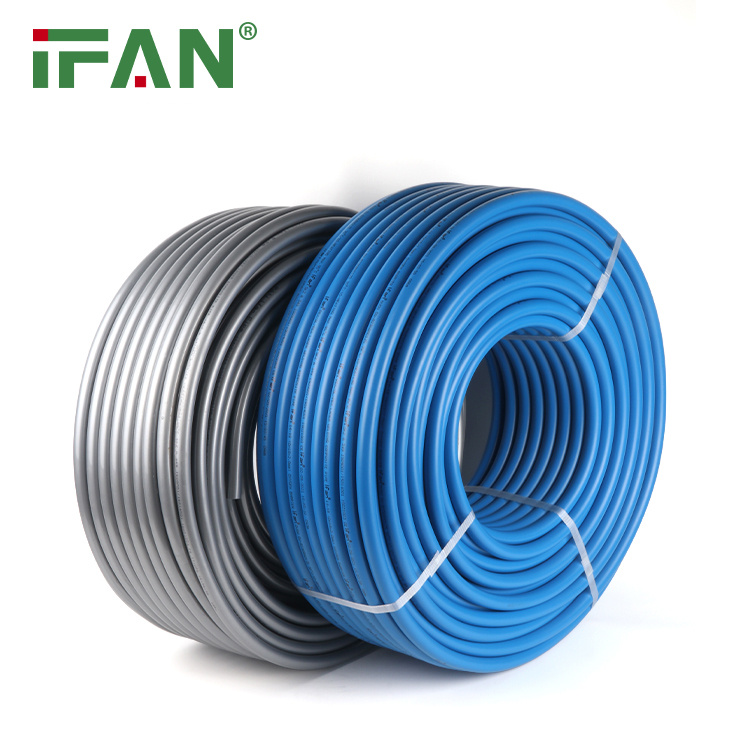Description
IFAN factory 30+ years manufacture experience support color /size customization support free sample.Welcome to consult for catalog and free samples.This is our Facebook Website:www.facebook.com,Click to watch IFAN’s product video.Compared with Tomex products, our IFAN products from quality to price are your best choice, welcome to buy!
1. Preparation and Planning
Before installing PEX-Al-PEX pipes, thorough preparation and planning are essential. Begin by carefully measuring and mapping out the plumbing layout. Identify the locations for fixtures, connections, and any obstacles that may affect the pipe routing. Ensure all necessary tools and materials are readily available, including PEX-Al-PEX pipes, fittings, a pipe cutter, crimping tool, and appropriate supports.
2. Cutting and Shaping
PEX-Al-PEX pipes are known for their flexibility, which simplifies the installation process. Use a sharp pipe cutter designed specifically for PEX-Al-PEX to make clean, straight cuts. Measure each section of pipe accurately and mark the cutting points with a pencil or marker. Avoid using a hacksaw or other tools that may leave rough edges, as smooth cuts ensure proper fitting connections and reduce the risk of leaks.

3. Fitting and Connection Techniques
Secure fittings are crucial for reliable connections in PEX-Al-PEX installations. Begin by sliding a metal compression ring (often referred to as an olive or ferrule) onto the pipe end. Insert the fitting into the pipe until it reaches the marked depth, ensuring it is fully seated. Use a crimping tool to compress the ring securely around the pipe and fitting. Verify the connection by checking for any gaps or irregularities that could compromise the seal.
4. Support and Alignment
Proper support and alignment prevent stress on PEX-Al-PEX pipes, minimizing the risk of leaks and damage over time. Use pipe clips or supports at regular intervals, typically every 2 to 3 feet, to secure the pipes to structural elements such as joists or studs. Maintain consistent alignment and avoid sharp bends or kinks that could restrict water flow or weaken the pipe structure. Allow for expansion and contraction by leaving slight slack in horizontal runs and using flexible connectors at fixed points.

5.Pressure Testing and Inspection
Once the installation is complete, conduct a pressure test to ensure the integrity of the PEX-Al-PEX system. Close all valves and fill the system with water to the recommended pressure level, typically exceeding normal operating pressures. Monitor the system for leaks or drops in pressure over a designated period, usually 24 hours. Inspect all connections, fittings, and joints thoroughly for signs of moisture or irregularities that require adjustment or reinforcement.
Conclusion
Installing PEX-Al-PEX pipes involves careful planning, precise execution, and adherence to best practices to achieve optimal performance and longevity. By following these methods and techniques, plumbing professionals and DIY enthusiasts alike can ensure a reliable and efficient plumbing system that meets the demands of residential, commercial, and industrial applications. Always refer to manufacturer guidelines and local plumbing codes to ensure compliance and safety throughout the installation process.
Related products












